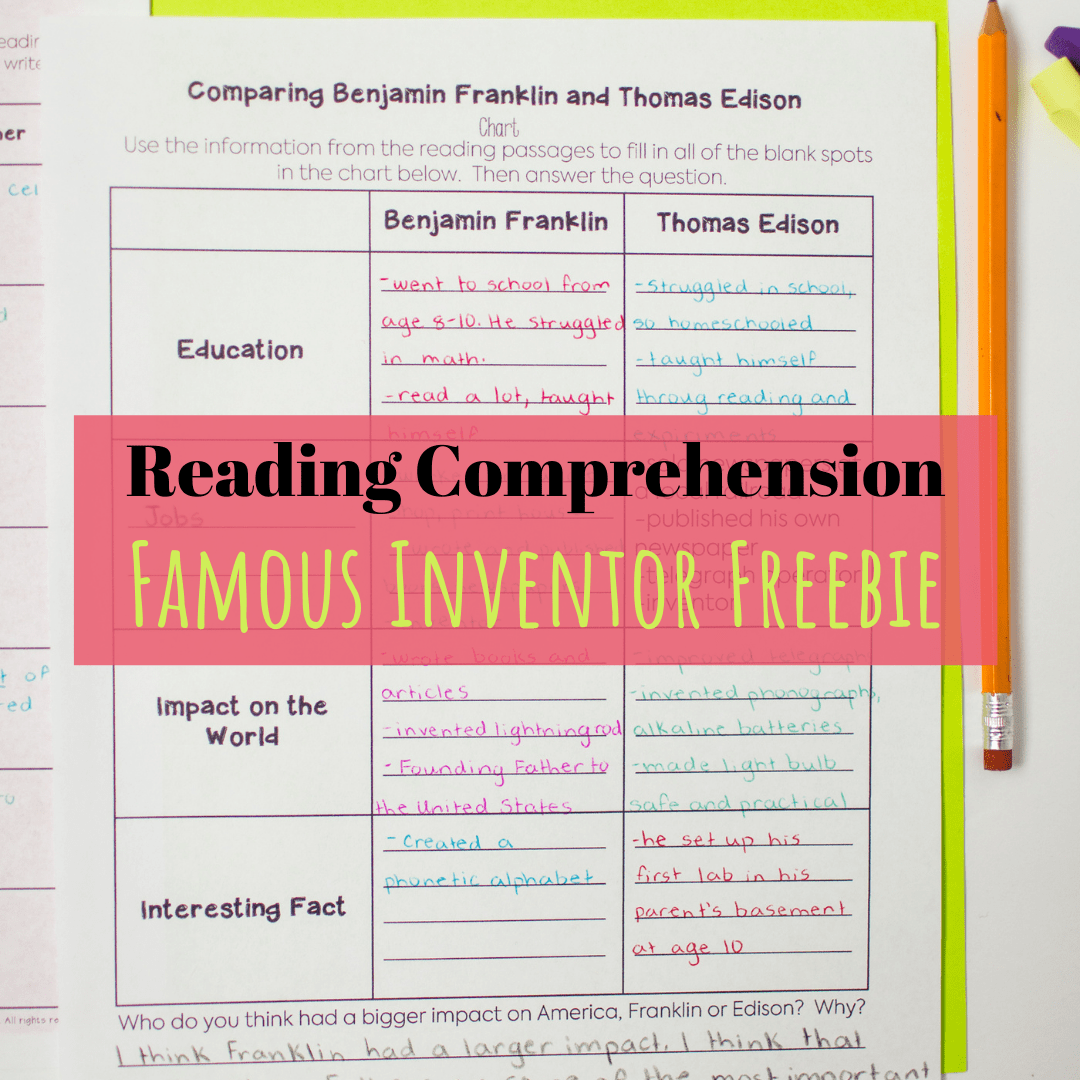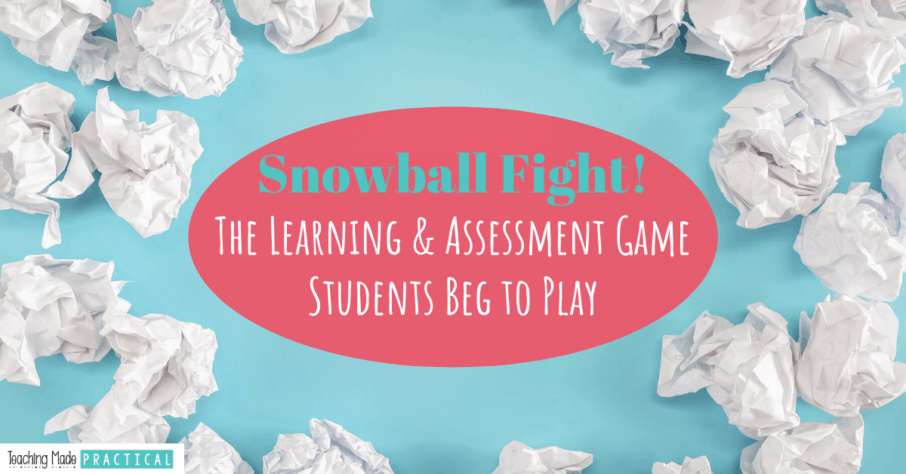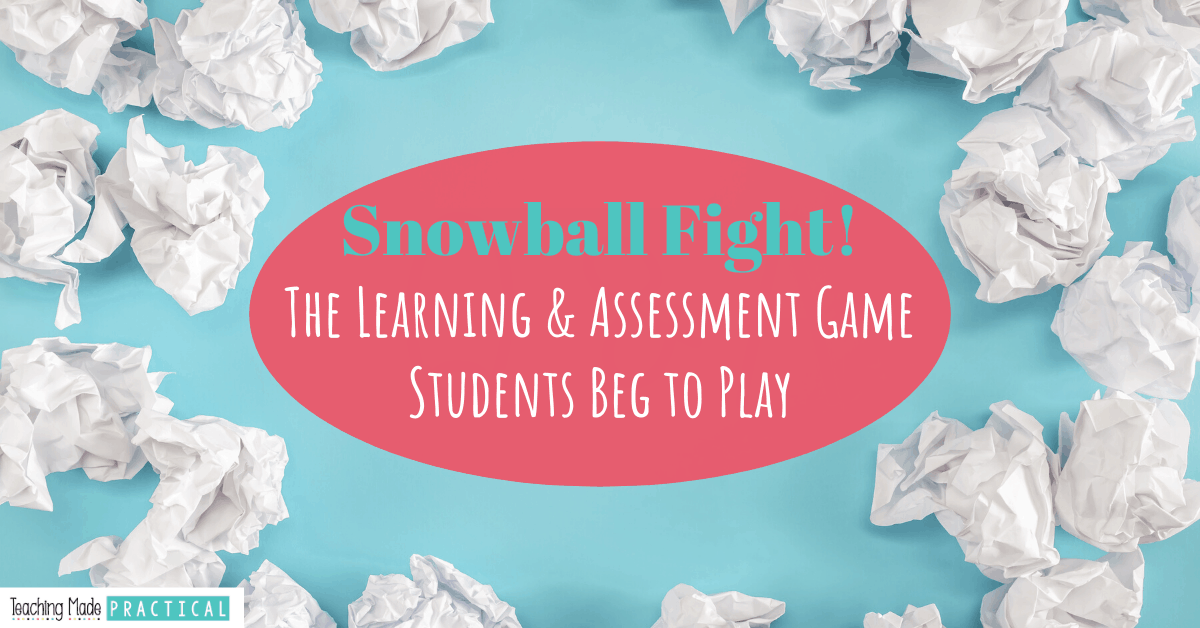
If you haven't had a paper snowball fight in your 3rd grade, 4th grade, or 5th grade classroom, then you should - and soon! This was one of my students' favorite activities. They enjoyed it so much that they didn't realize they were learning and being assessed!
One of my favorite ways to have snowball fights was when I needed a fun way to practice comparing and contrasting, but this fun activity can also be used for a lot more than just that! I've used snowball fights in upper elementary classrooms to practice prefixes and suffixes, sight words, rounding, fractions, fact and opinion, and much more!
How to Have a Paper Snowball Fight in the Classroom
It's pretty simple. To have a snowball fight in the classroom, simply give each student a piece of paper with whatever skill you want to practice or assess on it, have students crumple the paper up, and then throw it at each other. After you stop the snowball fight, each student picks up one of the snowballs and is responsible for the skill on that sheet of paper. Then, students crumple up their snowball and play again!
There are two main ways I used snowball fights in my classroom to practice certain skills.
A Quick Review - On each snowball, I would write something that students should be able to answer very quickly like a math problem or a sight word. After the snowball fight, each student would quickly answer the question on their snowball before playing again.
Sometimes I would have students partner up to answer their questions, and other times I would have everybody bring their snowball to the carpet and they would share their answer one at a time so I could quickly assess everybody.
A Sorting/Categorization Activity - I would hang "category" signs around the room and each snowball would have a number or sentence that would fit in one of the categories. After the snowball fight, students would open their snowball and decide which category they belonged to.
For example, when we were practicing comparing fractions, I would hang the category signs "equals 1/2," "greater than 1/2," or "less than 1/2" around the room. Each snowball had a fraction on it. After the paper snowball fight students would stand with their snowball next to the appropriate category sign. This allowed me to assess very quickly.
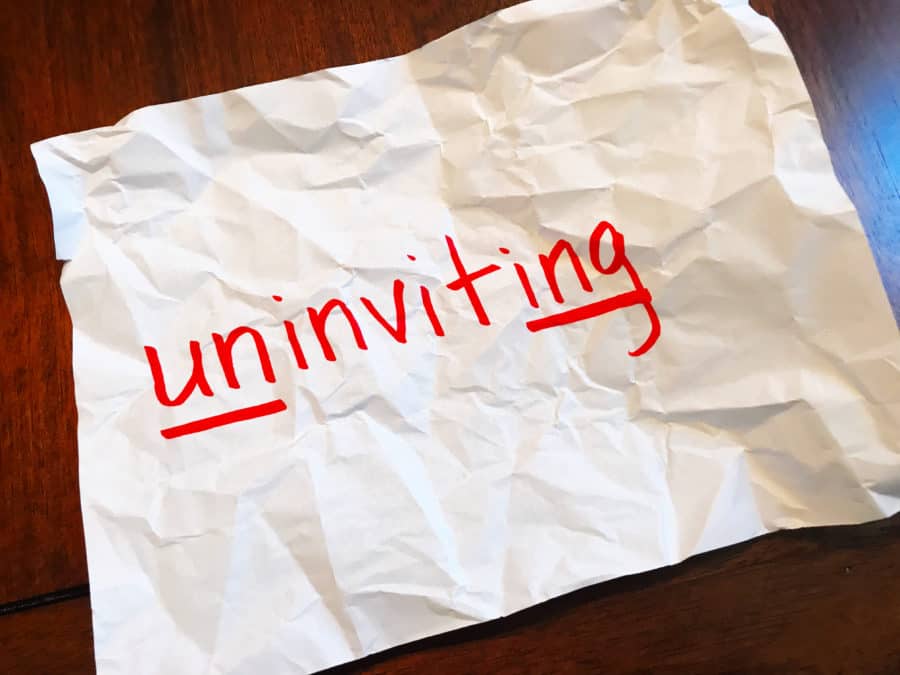

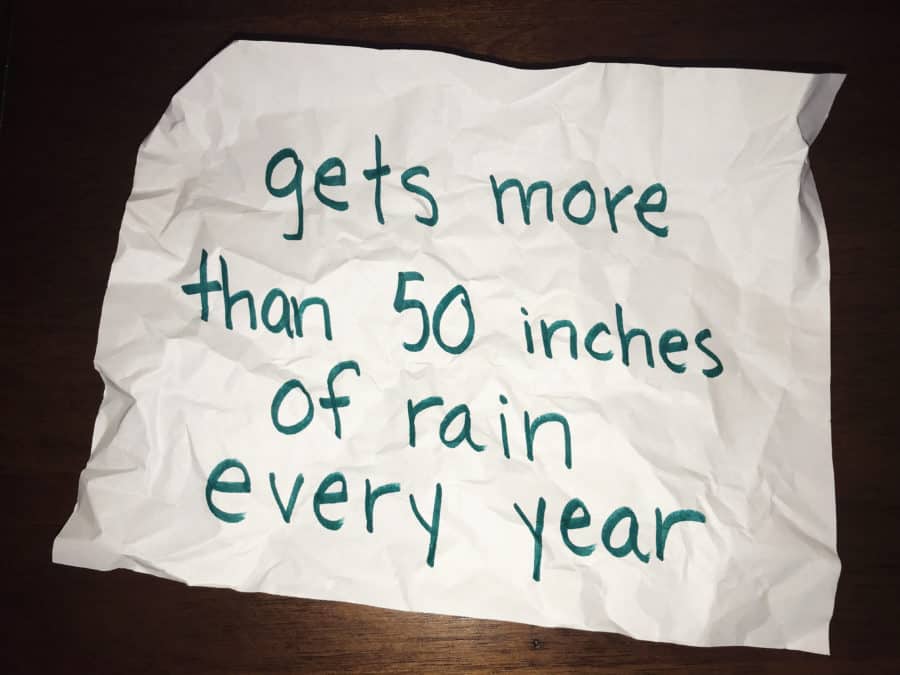
Why Have Snowball Fights?
In case you need convincing, here are 5 reasons to have snowball fights with your upper elementary students.
- Let's get the obvious reason out of the way - 3rd, 4th, and 5th grade students absolutely love having snowball fights. Even your shy, introverted students will enjoy throwing paper across the room. My students loved this so much, that I actually used it as a reward - a reward where students were still learning!
- It makes a great brain break. When students are throwing the snowball around, they are getting to relax their brain. Since you control how long the snowball fight lasts, you can make it quick or make it last longer depending on your students' needs at the time. (You might also like some of these other brain break ideas.)
- Students get to release some of their extra energy. I didn't allow my students to run during the snowball fight (see the tips below), but they were still constantly bending over and standing up and throwing and walking around the classroom. After a longer snowball fight, many of my boys would be exhausted.
- You can assess your students quickly! Depending on what and how you are assessing your students, sometimes all it takes is a quick glance around the room and you'll know almost immediately who needs more practice.
- This can be a fairly low prep - or no prep - activity. Preparing the snowballs yourself can take a little time. However, sometimes I would have students prepare the snowballs themselves. For example, if we were practicing multiplication, I would have each student write a multiplication problem on their snowball before crumpling it up.
Classroom Management Tips for Snowball Fights
This activity can get out of control very quickly if you don't properly teach procedures. The tips below are based on having many, many snowball fights in my 3rd grade classroom.
- Students - especially your overactive boys - will be VERY excited. Remind them every time before beginning a snowball fight that they shouldn't run (because there is not enough room in a classroom full of students to run) or yell (because you don't want to interfere with other classrooms trying to learn). Show some grace when they forget - usually it's not intentional, just excitement.
- Before the snowball fight, explain clearly to students how you will stop the snowball fight. Also, clearly explain the consequences for continuing to throw snowballs after you've asked them to stop or for not following the rules you've set in place for the snowball fight. My consequence was always that they would have to sit out during the next snowball fight. After enforcing this a few times, I didn't have very many problems.
- Always add a few extra snowballs. Inevitably, a couple of the snowballs will get lost or end up in the trashcan. Having a few extra snowballs ensures that everybody still gets to participate in the learning activity after the fight even if some snowballs disappear.
- Participate in the snowball fight! It's a lot of fun, and your students will love getting to throw snowballs at you! Plus, you'll get a tiny cardio workout in.
Snowball Fight Ideas - Skills To Practice
This activity can really be adapted to almost any skill, but here are some ideas to get your creative juices flowing.
Reading
- Write a multisyllabic word on each snowball and hang signs around the room with each of the 6 syllable types. Students have to figure out what type of syllable is on their snowball, go to that sign, and read their multisyllabic word. Check out these other ideas for practicing decoding multisyllabic words.
- Write a word with a prefix or suffix on each snowball. Students have to identify the prefix or suffix, read the word, and explain the meaning. Check out these other prefix and suffix activity ideas.
- Write an example of different types of figurative language on each snowball and hang signs around the room with each type of figurative language. Students have to figure out what type of figurative language their snowball has and stand next to the correct sign. Check out these other figurative language activity ideas.
- Write a fact or an opinion on each snowball, and hang signs for "fact" and "opinion." Students have to decide whether the snowball has a fact or opinion and stand next to the correct sign. Check out these other fact and opinion activity ideas.
- Have students compare two texts/paired passages with a snowball fight. Here's a no prep freebie so you can easily try this out!
Math
- Write an addition, subtraction, multiplication, or division on each snowball. Each student solves the problem on their snowball.
- For rounding, hang signs around the room that say "rounds to 80" or "rounds to 90" or "rounds to 100" (or other numbers depending on what you are working on in your class). Write numbers on each snowball that would round to a number on one of the signs. Students have to stand next to the correct sign based on the number on their snowball.
- Practice place value. Write a number on each snowball and underline a digit. Then, hang place value signs (like "hundred thousands" or "tenths") around the room. Students have to stand next to the correct sign according to the underlined digit.
- Practice comparing and ordering numbers. Write a number on each of the paper snowballs. After the snowball fight, have students line up in order from smallest to largest. (This would also work with fractions and decimals!)
Want a Free, No Prep Snowball Fight Activity You Can Use Today?
